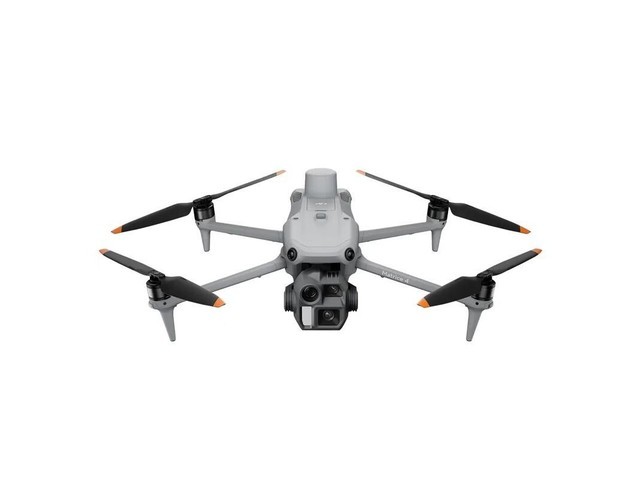The Gray Eagle Drone stands as a testament to the advancement of modern surveillance technology. This unmanned aerial vehicle (UAV) represents a quantum leap in capabilities with its state-of-the-art features designed to enhance national security and tactical reconnaissance missions. As we delve into the intricacies of the Gray Eagle Drone, we uncover its multifaceted roles in today’s surveillance ecosystems and the potential it holds for the future.
Primary Capabilities and Technological Innovations
The Gray Eagle Drone is equipped with cutting-edge technology that ensures superior intelligence-gathering abilities. Its extended flight endurance, thanks to its efficient engine and aerodynamic design, allows it to cover extensive areas without needing frequent refueling. This capability is paramount for long-term surveillance contracts and military reconnaissance operations in remote locations. Its high-resolution camera and sophisticated sensors, including infrared for night vision, enable it to capture detailed imagery and data even in challenging environmental conditions.
Moreover, the drone is adept at electronic warfare and can effectively disrupt enemy communication networks. This feature is complemented by its secure communication systems, ensuring data integrity during transit between the drone and the control station. Such advanced features position Gray Eagle Drone as an indispensable asset in both military and civilian surveillance operations.
Strategic Implications and Operational Applications
.jpg)
The strategic implications of deploying Gray Eagle Drones are profound. Not only do they assist in real-time reconnaissance missions, but they also serve as deterrents and proactive tools in conflict zones. With their ability to remain airborne for extended periods, these drones are utilized for border patrols, tracking insurgent activities, and safeguarding critical infrastructure. The versatility in applications is further demonstrated through their usage in disaster management scenarios where timely information can save lives.
For civilian sectors, the Gray Eagle Drone’s applications span from environmental monitoring to law enforcement operations, providing seamless surveillance solutions. Their ability to integrate with AI systems allows them to deliver data analytics for informed decision-making, thus enhancing their utility in modern security frameworks.
Challenges and Ethical Considerations
While the Gray Eagle Drone offers numerous benefits, its deployment is not without challenges. The cost of acquisition and maintenance may be prohibitive for some organizations. Furthermore, the use of drones raises ethical questions concerning privacy and data protection, necessitating a balanced approach to ensure compliance with international law and human rights standards. Vigilance in operational protocols and transparency in usage are essential to mitigate such ethical dilemmas.
Future Prospects and Emerging Technologies
The future of Gray Eagle Drone technology is promising, with ongoing advancements aimed at boosting their efficiency and operational scope. Innovations like enhanced autonomous flight modes and integration with satellite systems are set to redefine their strategic roles. As technology evolves, these drones will undoubtedly become smarter and more capable, bridging the gap between traditional surveillance techniques and emerging technologies.
Efforts are being made to equip these drones with AI-driven analytics, enabling them to predict potential threats and offer proactive solutions. This direction highlights the potential for Gray Eagle Drones to not only gather intelligence but also act decisively upon it.
Frequently Asked Questions
- What are the operational limits of the Gray Eagle Drone?
The Gray Eagle Drone can operate in various terrains with a maximum range determined by the model specifics and mission requirements. It typically boasts an endurance of over 25 hours, making it suitable for long-term reconnaissance missions.
- How is the Gray Eagle Drone powered?

It is powered by a diesel engine that offers enhanced fuel efficiency compared to conventional UAVs, thus supporting longer missions without frequent refueling.
- Are Gray Eagle Drones used outside military applications?
Yes, they are utilized in civilian sectors for tasks such as environmental monitoring, wildlife protection, and disaster management operations, proving their versatility across various fields.